Have you ever been to an abandoned place and tried a spot of Urban Exploring – also known as Urbexing?
Below I’m listing my five favourite urbex experiences to date. Leave a comment at the foot of the article to say if you’ve been to any of these places or if you have a favourite site that you’ve visited similar to these.
1: Skrunda-1 (Lativa)
The city of Skrunda-1 is a ghost town and former Soviet radar station having been abandoned after the Soviet Union fell in the 1990s.
Personally, the idea of being able to explore a full city, uninterrupted, and having the place to ourselves was an opportunity I felt was far too good to miss out on.
To be honest I got extremely lucky to get a trip in. Visiting Skrunda-1 in December 2017, meant that I was able to gain entry to the whole city just before the Latvian Army took it over full time to use for training operations in 2018.
Even still, given that this place was shut off to the general public meant that I had to find a tour guide who could get me there and get me inside. For this I used the great Eat Riga Tours.
Arriving at the gate, we gave our details to the secruity gaurd, who then let us in to explore. For this trip there were three of us including our guide.
The city itself is huge and there are thousands of disused apartment blocks to explore. Each one holding remnants of its former occupiers from almost 30 years prior.
Pictures still hung on walls and newspapers from the early 1990s and late 1980s were scattered everywhere. In a few buildings there were examples of military action with discarded magazines and shell casings from a variety of weapons and an old box of explosives. We stayed clear of them just in case they were not as unused as other things laying around the floor.
As you’d expect, the city is in a state of general disrepair so the higher up the buildings we ventured, the more careful we had to be in case a floor or ceiling caved in. Fortunately, nothing like this occurred.
Our guide was extremity relaxed about the tour. He gave us freedom to roam the apartments and other buildings and explore anywhere we wanted to.
In a few buildings there were examples of military action with discarded magazines and shell casings from a variety of weapons and an old box of explosives.
Urbexing in Skrunda-1; Latvia
Highlights here included the old sports hall – still fit with a basketball hoop and pictures of hand-to-hand combat moves to practice – and the canteen area where residents and workers could eat together.
There was also a small prison block nearby which at best would have housed two or three people. It was extremely small, suggesting that it wasn’t used that much even when this area was full of life.
Sadly, as I mentioned, you cannot get into Skrunda-1 now. However, these images of the city and its empty corridors will stay with me for a long time as an example of how Soviet life was once conducted.
2: Chernobyl (Ukraine)
The Chernobyl Exclusion Zone is a 30km restricted entry. You cannot visit it unless you are on a pre-approved tour. And even then there are strict regulations. For my trip I went with the well-reviewed Chernobyl Tour.
As you approach the Zone, one thing you realise is that it doesn’t have the feel of an abandoned nuclear disaster area. There are loads of tour buses these days and even small pop-up shops just outside the check point which are great to pick up those gimmicky souvenirs like a glow-in-the-dark fridge magnet!
The next step of your visit will see you go through the checkpoint. For this you have to exit the bus, walk through a radiation detector and then on-board your bus. And that’s it; you’re in the 30km Exclusion Zone!
In the 30km zone there are a number of, once inhabited, small villages that you’ll stop at to explore. Once through the villages, you’ll move on to the secret soviet object radar DUGA-1 and the secret town of Chernobyl-2 which provided the efficiency of antennas and horizon tracking of the launching of ballistic missiles.
Shortly after this stop you’ll head towards one of the two main sites in the zone; the sarcophagus and the New Safe Confinement (“Arch”) around the exploded Reactor 4.
This is in the heart of the 10km exclusion zone and you can surprisingly get to within 300m of the sarcophagus itself. Stays here are limited in time as the radiation is still extremely strong, however, you’ll notice that there are a number of people who appear to be working around this area.
From here you’ll move onto the second of the two big hitters in Chernobyl; the city of Pripyat.
One thing you’ll notice – should you have access to a dosimeter – is that the Ferris Wheel itself is still incredibly radioactive. On no circumstances touch it!
Kiev and Chernobyl… Ukraine’s best and worst kept secrets
The city here was perhaps the biggest draw for me. One thing that is slightly disappointing (albeit totally understandable) is that you are no longer allowed to enter any of the buildings as they have become far too unstable. That’s not to say, however, that there isn’t plenty to see and do.
When people think of Chernobyl the image of the huge yellow Ferris Wheel is probably one of the first things that spring to mind. During a visit you can get up close and personal with this relic from history. One thing you’ll notice – should you have access to a dosimeter – is that the Ferris Wheel itself is still incredibly radioactive. On no circumstances touch it! Stand near it and take photos but don’t lay your hands on it. That you’ll regret.
For me a visit to this city was a fascinating experience. It’s like an entire outdoor museum. A visit to Chernobyl is something you’ll never forget.
Read my blog, Kiev and Chernobyl… Ukraine’s best and worst kept secrets for more details.
3: Belvedere Hotel (Croatia)
Hotel Belvedere is a former five-star hotel from the Yugoslav era that closed its doors permanently back in 1991 after suffering damage during the Siege of Dubrovnik.
Yet while it closed its doors to paying guests almost 30 years ago, those keen on a spot of urbexing can still gain entry. Located outside of the main part of Dubrovnik, the best way to get there is to walk along the coast and aim for the bottom of the hotel (don’t go to the original entrance at the top as that is totally closed off).
I’ll point out now, that entering the hotel is both risky and, as far as I can tell, seen as trespassing. There are numerous signs up around the base that inform you not to enter. However, there are no guards and no security and many places where you can get inside.
Once inside, you’ll notice that the area is a mess. It’s pretty disgusting too as the opening areas have clearly been used for parties over the years by locals. However, as you press on through the cold, dark corridors you’ll find your way into the main heart of the hotel.
Floor upon floor of guest rooms are accessible, while you can also take a wander around the former kitchens, nightclubs and restaurants as you make your way up the deserted building.
Entering the hotel is both risky and, as far as I can tell, seen as trespassing. There are numerous signs up around the base that inform you not to enter.
Dubrovnik… much more than a set for Game of Thrones
The higher you get, the more you need to ensure that the floor underfoot is still solid. Remember this hotel is in ruin and based down the side of a cliff. It’s unclear how stable it remains. During our hunt around we managed to get up to the second-to-top floor only to find the stairway blocked by a piece of fallen concrete flooring and a newly built brick wall. I guess someone at some point was trying to stop people getting in.
Remember this hotel is massive and it can be easy to get lost. Most floors and corridors look alike so try and remember your route in and out.
Finally, there are a number of places towards the top of the hotel where there are balconies. You can go out onto these but watch your footing. Some of these sections are somewhat spongy.
Read my blog, Dubrovnik… much more than a set for Game of Thrones for more details.
4: Rummu Prison (Estonia)
Originally called Murru Prison, Rummu Prison was established in 1938 and until the 1970s operated as part of the Estonian stone industry with workers mainly being made up of prisoners.
During the Soviet era, until the 1990s, excavation was performed as hard labour by prisoners, who would excavate and process limestone from the water-drained quarry
In 1961, the prison changed its name to Rummu Prison and stayed that way until shutting down in 2000.
Now the chance to see an abandoned prison isn’t something that occurs everyday, and had I done my research slightly better, I’d have discovered that a trip to Estonia in December 2016 wasn’t going to allow me to see much of it either!
What you don’t realise is that part of the abandoned buildings are now underwater.
Urbexing at Rummu Prison; Estonia
I booked my trip with Tallinn Traveller Tours as part of Coastal Cliffs and Soviet Paldiski Tour for 49 Euros per-person.
What you don’t realise is that part of the abandoned buildings (quite a large part actually) are now underwater. In the winter the water freezes over meaning that anything below the surface cannot be accessed.
From what I understand, in the summer, it is possible to scuba dive to the lower parts of this building.
However, despite this there are still a few things to see. Along one side of the prison perimeter there is a small spiral staircase that takes you up to a guard tower. This guard tower looks over the prison complex and straddles two very solid brick walls covered in barbed wire fencing to stop people – even today – climbing in or escaping out.
5: Kiev (Ukraine)
My tour with Another Kiev started outside Dnypro metro station right by the side of the river. Once there, I met my guide Max who provided expert information and safety advice for the whole trip. As soon as everyone in the day’s tour group had arrived we’d hopped up on the side, removed a drain cover and were descending into the labyrinth of tunnels under the city’s streets.
Walking through these small, dark tunnels you feel a million miles away from life above ground. It’s also a great place to get some really cool photography so don’t forget to take your phone with you when you go below.
After we exited the drainage tunnels we got in a taxi and went to our next location which was somewhere within the centre of Kiev itself. Here we were asked to wait while Max gained access for us to the nuclear bunker.
Pictures of Lenin still hung on the wall, and you could almost hear the conversations that could have taken place had a war started.
Kiev and Chernobyl… Ukraine’s best and worst kept secrets
Then we were in and going down the concrete stairs into this Cold War-era hideout. It was like stepping back in time. After a small jump through a hole in the wall, we were in underground offices still filled with desks, gas masks and documents from the time.
Pictures of Lenin still hung on the wall, and you could almost hear the conversations that could have taken place had a war started. The bunker I was in was an extremely eerie place, but it’s important to note that at no point did I ever feel in danger.
Read my blog, Kiev and Chernobyl… Ukraine’s best and worst kept secrets for more details.







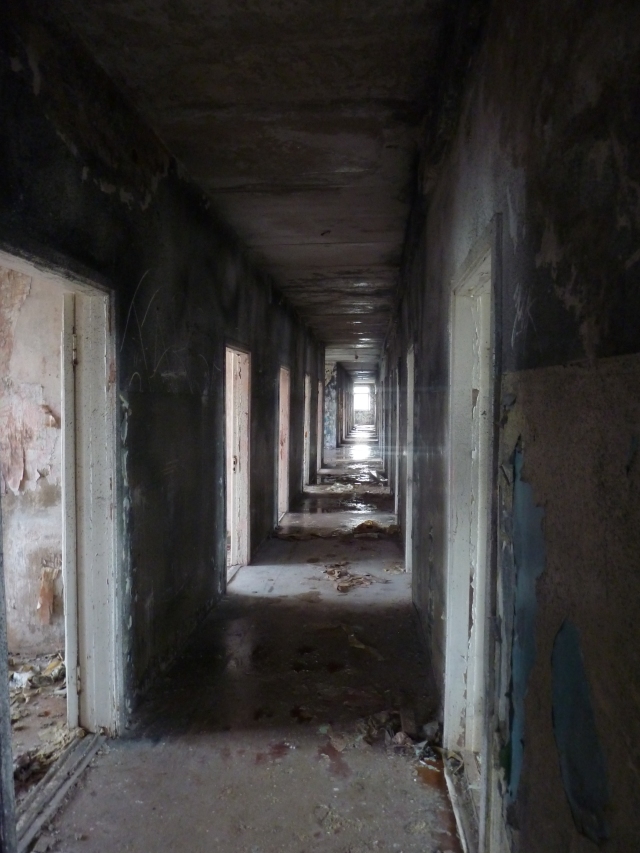








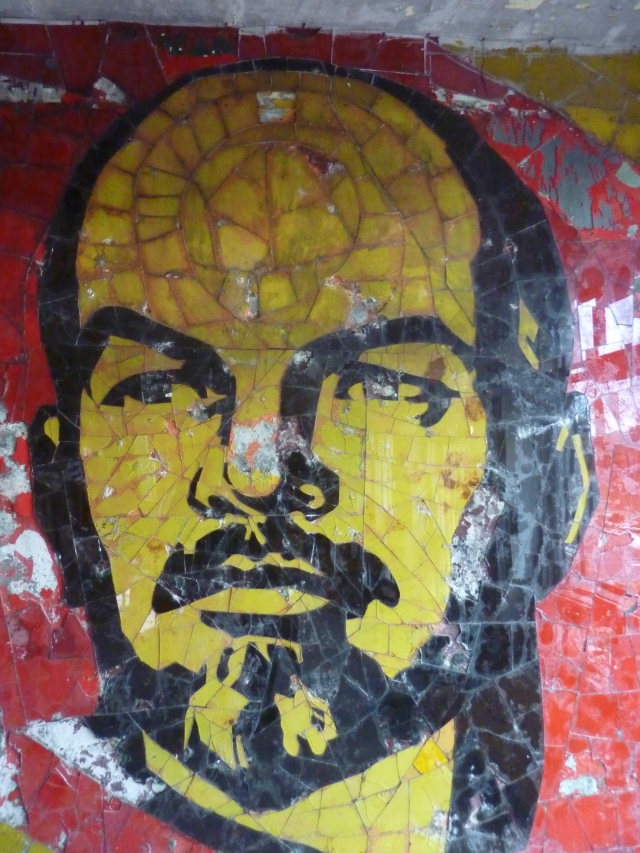

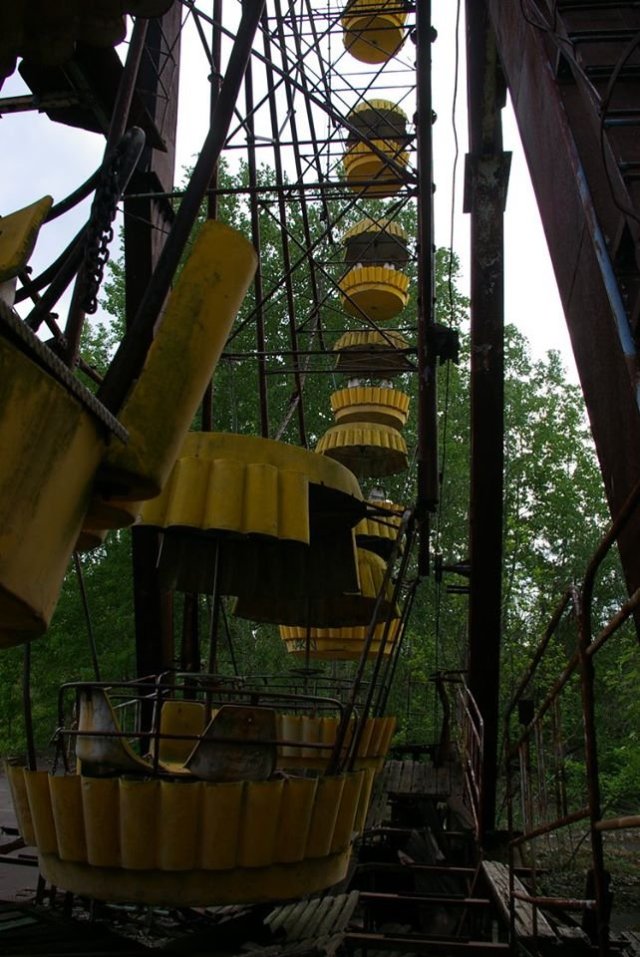


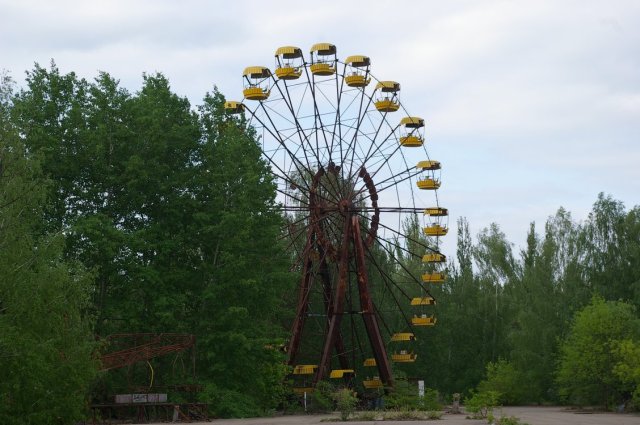





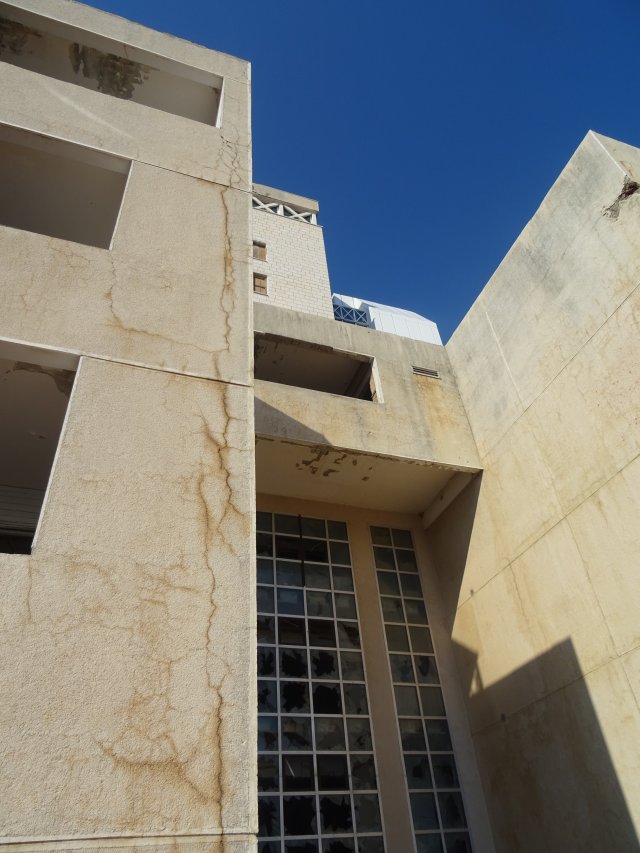




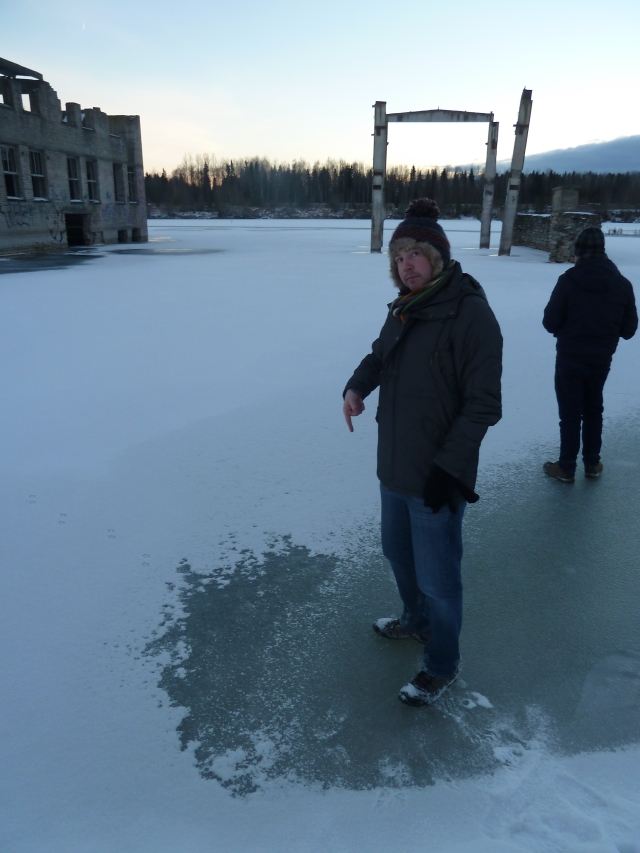






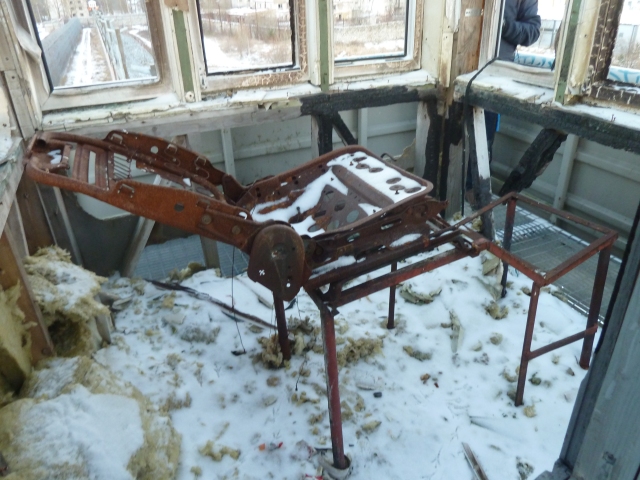











I’d love to visit places like this someday.
LikeLiked by 1 person
I haven’t been to any of these places. It’s cool that you shared this. Here in Cyprus, we have Famagusta which is a ghost town. Maybe this qualifies as UrBex experience. You can only see from a perimeter the abandoned buildings and houses but you are not allowed to enter since it is guarded by the Turks.
LikeLiked by 1 person
Yes I’ve heard of this place in Cyprus before. Would love to see it but realise that this would probably be a step too far. Thank you for stopping by
LikeLiked by 1 person
Oooh this sounds interesting!
LikeLiked by 1 person
Hope you enjoyed 😃
LikeLike
I’ve never read a travel article like this before!
Fascinating 😀
LikeLiked by 1 person
Thanks so much. Really happy you enjoyed it. Hope you stop by again soon. 👍
LikeLike
This was a fascinating post – I had no idea such places were available to visit. So are these places preserved by local authorities so that visitors are able to grab a piece of the history? The pictures are amazing – eerie and chilling. All that history, all those conversations that would have taken place – its almost like you were able to hear the ghosts of yesterday. Gosh, love all that sort of stuff. Thank you for sharing your experience. I personally love exploring the path less travelled as in where you are not supposed to go, as that is where you find the stories of yesterday – compact, unearthed and raw. x
LikeLiked by 1 person
Thanks for that.Glad you enjoyed it. Some of the places are preserved to some degree (like Chernobyl) but others are not at all (such as Hotel Beledere in Dubrovnik which is waiting – sadly – to be demolished). Some of these places are really eerie but so interesting to see. Can’t wait to do more in the future!
LikeLiked by 1 person